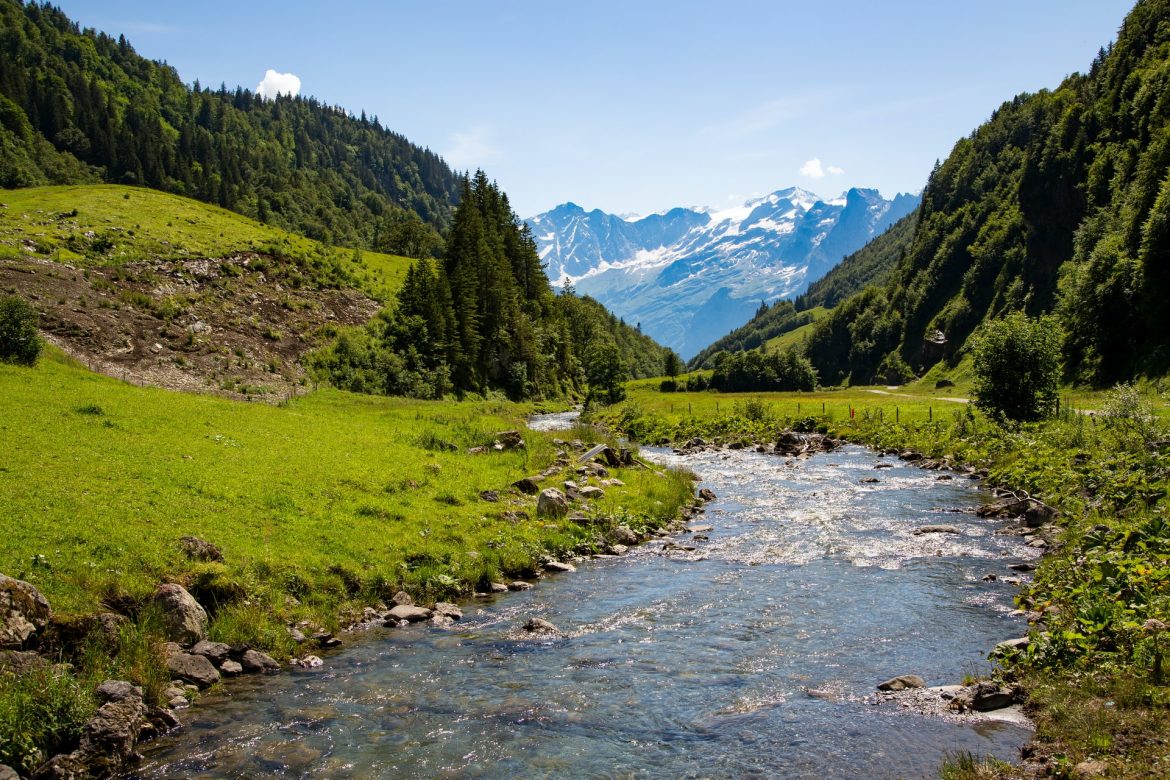A new and comprehensive study on climate change led by the National Center for Atmospheric Research (NCAR) has shown that Water resources will fluctuate increasingly and become more and more difficult to predict in snow-dominated regions across the Northern Hemisphere because of climate change.
Published in the Proceedings of the National Academy of Sciences, the study found that even in regions that keep receiving about the same amount of precipitation, streamflow will become more variable and unpredictable.
It found that as snowpack recedes in a warmer future and fails to provide reliable runoff, the amount and timing of water resources will become increasingly reliant on periodic episodes of rain.
Read also: Israel Meteorological Service to model climate change effects with supercomputer
Funded by the U.S. National Science Foundation, which is NCAR’s sponsor, the study also found that water managers will be at the whim of individual precipitation events instead of having four-to-six months lead time to anticipate snowmelt and runoff.
Lead author of the study and NCAR scientist, Will Wieder said that water management systems in snow-dominated regions are based on the predictability of snowpack and runoff, and much of that predictability could go away with climate change.
“Observations show that snowpack is already melting earlier, and even declining in many regions,” said Wieder.
The scientists found that this decline will become so pronounced toward the end of the century that the amount of water contained in the snowpack at the end of an average winter in parts of the U.S. Rocky Mountains could plummet by nearly 80 per cent.
The study warned that changes in runoff and streamflow are likely to have cascading impacts on ecosystems that depend on reliable water from snow and that although the changes won’t be uniform across regions, more snow-free days and longer growing seasons will put stress on water resources, drying out soils in many areas and heightening fire risk.
To undertake the study, the scientists drew on an advanced set of computer simulations to fill in details about the future of water resources, showing the extent to which changes in temperature and precipitation will alter snow accumulation and runoff patterns in the Northern Hemisphere.
Story was adapted from Science Daily.
